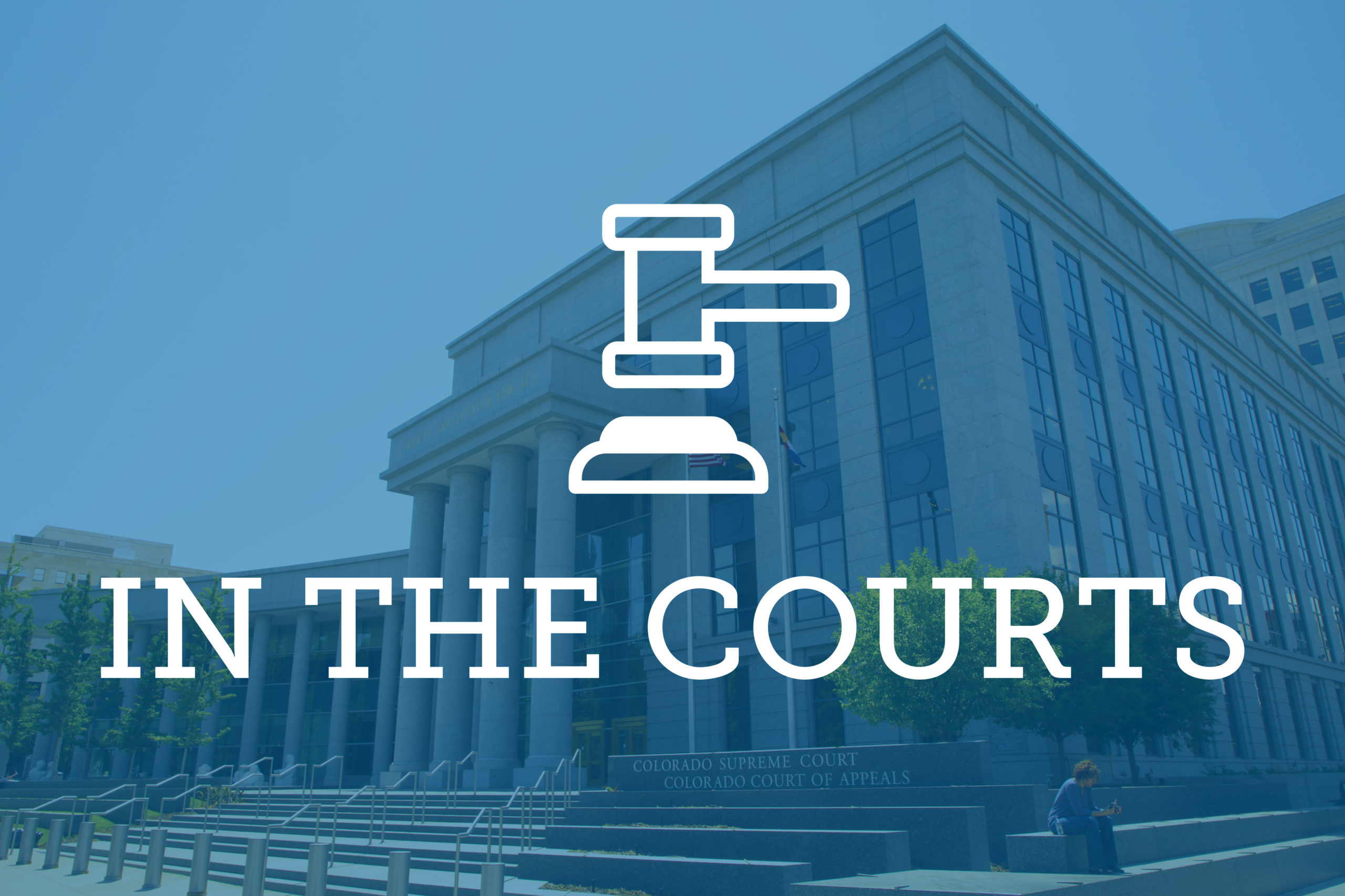
People v. Janis
Erin Janis stabbed a man outside a bar in Denver and for that was charged with first-degree assault. She claimed self-defense, and the case went to trial.
Although in custody, Janis asked through trial counsel to leave the courtroom during the victim’s testimony, ostensibly because she feared it might trigger her post-traumatic stress disorder. Without first advising her of her right to remain or inquiring with her directly about her desire to leave, the trial court granted her request.
The jury found Janis guilty, and the trial court ultimately sentenced her to 12 years in prison.
On appeal, Janis argued that she did not validly waive her right to be present during the victim’s testimony. She contended that the trial court should have advised her of the right and then engaged her in a colloquy about her decision to waive it. By failing to do so, she asserted, the trial court failed to secure a valid waiver and committed reversible error.
A division of the Court of Appeals agreed with her. The division rejected the People’s argument that Janis had waived the issue or invited any error, concluding instead that Janis’ right to be present was “a personal right” that couldn’t be waived through counsel.
The Supreme Court held that a formal advisement of the right to be present at trial is not a prerequisite to a valid waiver of that right, even when a defendant is in custody. Under the totality of the circumstances, the waiver was knowing, intelligent and voluntary. The court concluded that the record supports the People’s contention that Janis’s waiver was knowing, intelligent and voluntary.
The Supreme Court reversed the judgment of the Court of Appeals and remanded to address any previously unresolved issues.
Friend v. People
This case principally presented two double jeopardy questions: whether the child abuse statute, section 18-6-401, C.R.S. (2018), prescribes more than one unit of prosecution and whether the prosecution presented sufficient evidence to establish that the defendant, Mark Friend, committed more than one crime of child abuse and whether child abuse resulting in death under sections 18-6-401(1)(a) and (7)(a)(1), is a lesser included offense of first-degree murder of a child under section 18-3-102(1)(f), C.R.S. (2018).
As to the first double jeopardy question, the Supreme Court concluded that the division below correctly determined that section 18-6-401 creates one crime of child abuse that can be committed in alternative ways. The question thus becomes whether the prosecution proved separate counts of child abuse. The court agreed with the division and concluded that the prosecution did not do so and that each of the child abuse convictions must merge into one conviction for child abuse resulting in death.
As to the second double jeopardy question at issue, the Supreme Court concluded that the division erred in determining that Friend’s merged child abuse resulting in death conviction does not merge into his child abuse murder conviction. First, the plain language of the applicable statutes shows that “[w]hen a person knowingly causes the death of a child who has not yet attained 12 years of age and the person committing the offense is one in a position of trust with respect to the child,” that person is to be convicted of child abuse murder and not child abuse resulting in death.
Second, child abuse resulting in death is a lesser included offense of child abuse murder.
Having determined that the trial court erred in not merging the various counts in this case, the question remained whether these errors were plain. The court concluded that they were and affirmed in part and reversed in part.
People v. Sease
The Water Court concluded Robert Sease diverted water from Sheep Creek in violation of a 2013 order, which forbade him to use out-of-priority water from Sheep Creek on his Saguache County property. Thus, the Water Court found Sease in contempt of court and imposed both punitive and remedial sanctions on him.
Sease sought review of the Water Court’s contempt order and advanced two arguments on direct appeal.
First, he contended that the Water Court had no basis to find that he owns the Sease Ranch. This finding was significant because the Water Court inferred from it that Sease, rather than anyone else, was responsible for the contemptuous work performed on the Sease Ranch that caused water to be diverted from Sheep Creek.
Second, Sease maintained that the Water Court improperly shifted the burden of proof to him when it noted that there was a lack of evidence in the record that “someone else came on the premises and did [the contemptuous] work without [his] authorization or against his will.”
The Supreme Court disagreed with Sease on both fronts and affirmed the Water Court’s contempt order. The matter was remanded to the Water Court for enforcement of its punitive and remedial sanctions.

